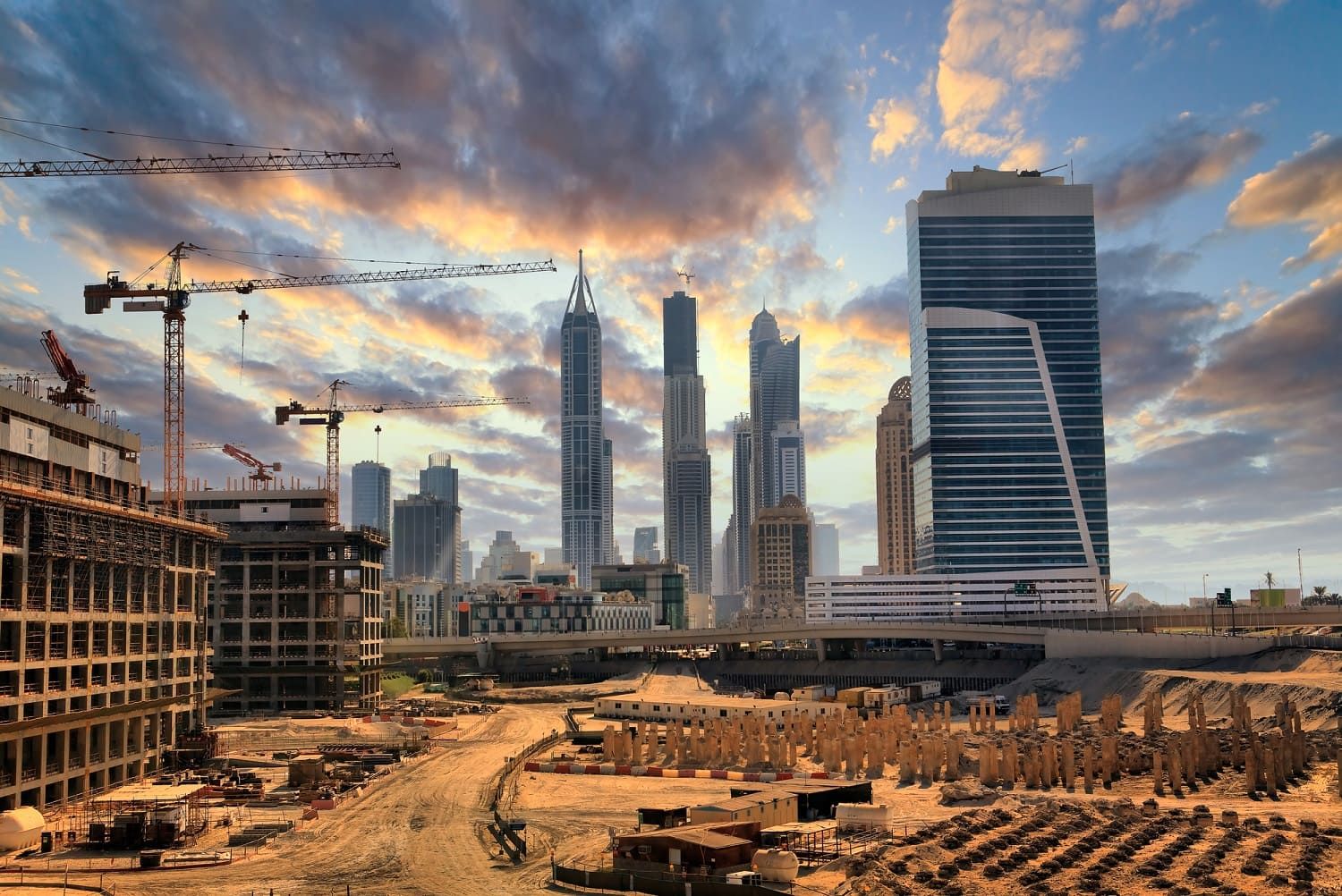The safety and durability of such buildings would be another question entirely, as not many of them could survive fires or earthquakes. Steel has a unique combination of properties that make it an ideal building material.
Steel’s advantages in construction include speed, safety, optimal cost, reliability, light weight and design adaptability. But first things first.
Quality and speed. Most steel structures are manufactured at plants using prefabrication methods. This ensures the quality of such structures and allows for a high speed of further installation.
Strength and safety. Steel has a similarly high strength as concrete. The assembly procedure for steel structures is abundantly clear and strictly controlled. Steel compares poorly only in terms of flame resistance, as it loses its strength when exposed to high temperatures. However, this problem has been solved. Today’s steel structures are covered by refractory materials and agents that protect against corrosion, mould and parasites.

Economic efficiency. Steel construction requires 70% fewer working hours than concrete. The rapid work rate means that facilities can be commissioned faster. In addition, savings in materials themselves should also be noted. A steel structure is 30-60% lighter than a similar one made from concrete. As a result, loads on a foundation are considerably lower. Constructing a building using a steel-based structure requires less materials for its foundation than the same building would require if it were made of concrete.
Flexibility and expressiveness. Steel, by nature, is a flexible material that can withstand high loads. Today, steel elements of various shapes and sizes can be created; they ensure high structural strength. Steel’s versatility allows architects to bring bold ideas to life: give any spatial shape to internal space, modify a building in the process of construction and efficiently integrate utilities.

Steel properties for building structures
When manufacturing building structures from steel, the metal undergoes several process operations: cutting by different methods, welding, mechanical processing, bending, flattening and rolling. Steel must withstand all these operations while preserving a stable microstructure and mechanical properties.
Steel in welded structures must withstand dynamic, static and variable loads for a long period of time, often under aggressive climatic conditions with extreme temperatures. That is why there are specific requirements for structural steel in terms of strength, resistance to embrittlement, weldability, etc.
The strength properties determine how the steel is used to build a structure.

Scope of structural steel application
Construction of multi-storey residential buildings using steel
There was a time when it took many years to build skyscrapers. However, times have changed. Today, builders in China are breaking records for the rapid construction of multi-storey steel buildings. They were the first to build a fifteen-storey hotel in six days, which was followed by a thirty-storey hotel built in two weeks. This is all thanks to the pre-assembly of large steel sections at production facilities. Structural steel resists the destructive effect of storms and earthquakes. In case of a natural disaster, steel elements of a building do not break but are deformed due to steel’s flexibility.
Construction of industrial hangars using steel
Given ready-to-use steel sections and sandwich panels, structural frames and modular facilities can be built quickly. With most assembly work carried out at production facilities, they save money and time.
Construction of bridges and other infrastructure using steel
Steel is extendible and withstands large loads. These properties allow engineers to build monumental bridges that serve for many decades.
Today, steel concrete and steel are used more often than conventional concrete. Steel concrete is a wear-resistant material that is based on high-strength cement, water, clean quartz sand and degreased steel grit. Such an ‘alloy’ is strong and durable, which makes it indispensable in construction. Steel has a strong positive track record due to its unchallenged advantages and proven efficiency.
